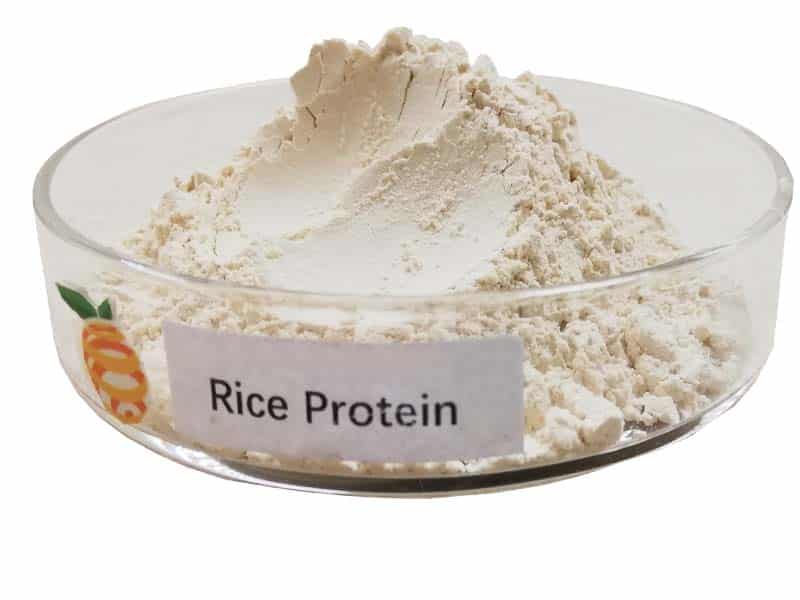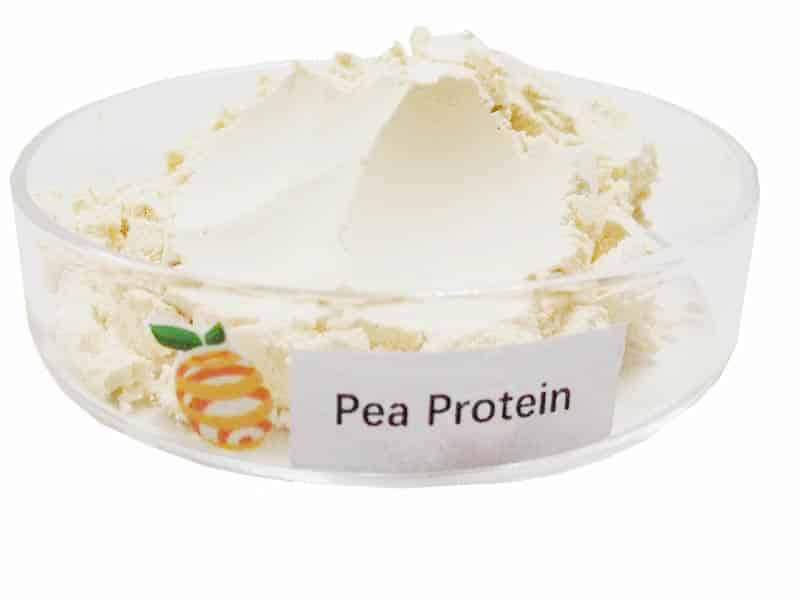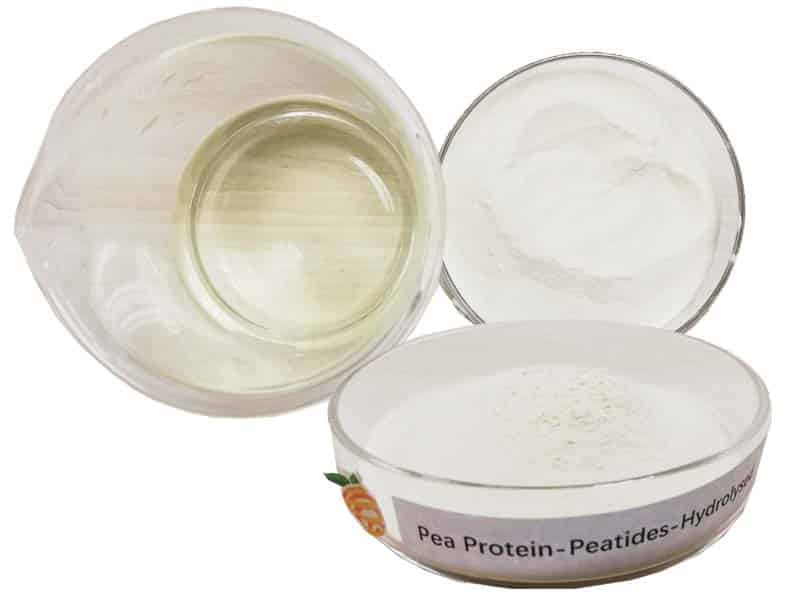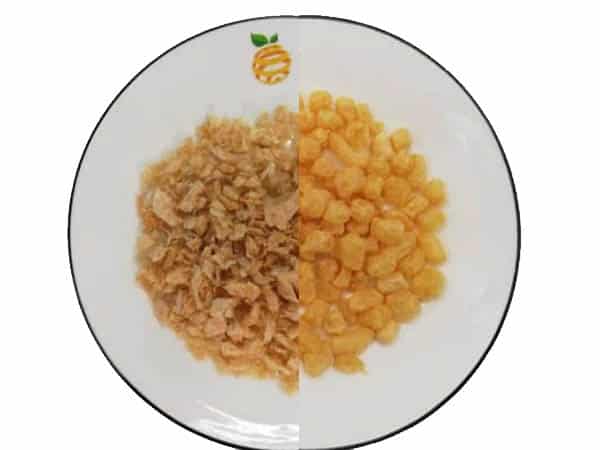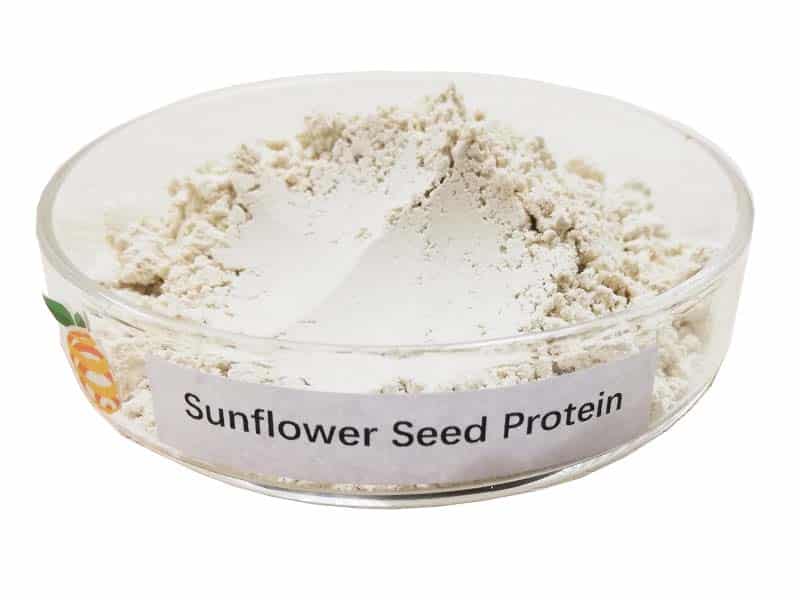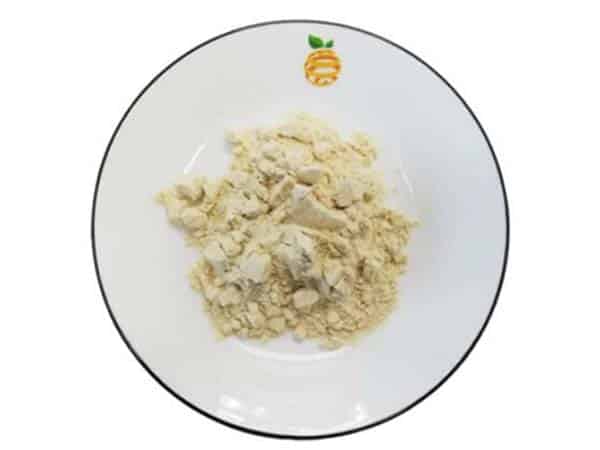What Happens When A Protein Is Hydrolyzed? Deep dive
Table of Contents
- Understanding the Hydrolysis of Proteins: Processes and Implications
- What is Protein Hydrolysis?
- The Hydrolysis Process
- Outcomes of Protein Hydrolysis
- Applications of Hydrolyzed Proteins
- Case Studies and Statistics
- Conclusion: Key Takeaways on Protein Hydrolysis
- Discover ETprotein’s High-Quality Hydrolyzed Proteins
Understanding the Hydrolysis of Proteins: Processes and Implications
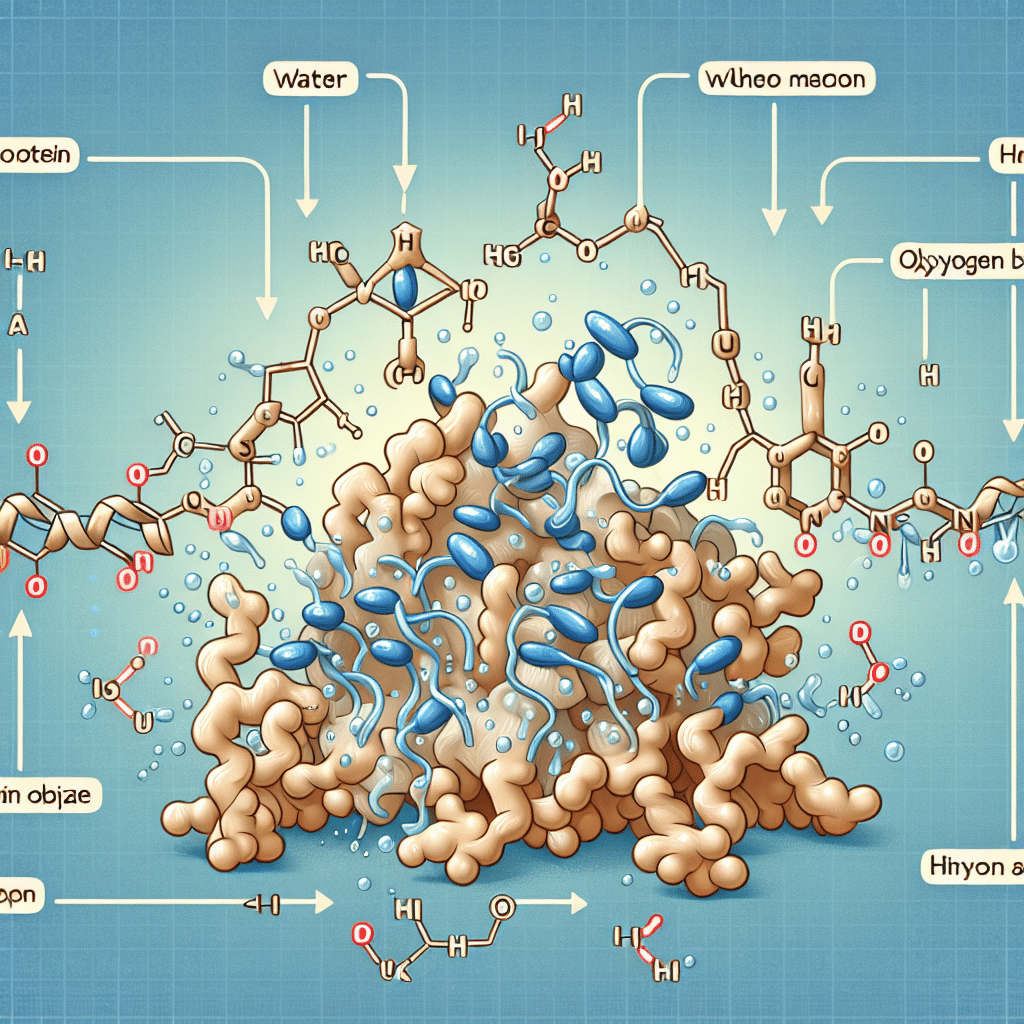
Proteins are fundamental components of all living organisms, playing a crucial role in virtually every biological process. They are large, complex molecules made up of amino acids, which are the building blocks of life. The structure and function of proteins are determined by the sequence and arrangement of these amino acids. However, proteins can undergo various modifications, one of which is hydrolysis. This article delves into what happens when a protein is hydrolyzed, the significance of this process, and its applications in various industries.
What is Protein Hydrolysis?
Protein hydrolysis is a chemical process where proteins are broken down into smaller peptides or amino acids. This is achieved by the cleavage of peptide bonds, which are the links between amino acids in a protein chain. Hydrolysis can occur naturally in the body during digestion or can be induced artificially using enzymes, acids, or alkalis.
The Hydrolysis Process
The process of protein hydrolysis can be categorized based on the agents that induce the reaction:
- Enzymatic Hydrolysis: Enzymes, which are biological catalysts, speed up the hydrolysis of proteins. This method is highly specific and occurs under mild conditions, making it the preferred method for producing hydrolysates with specific properties.
- Acid Hydrolysis: Strong acids, like hydrochloric acid, are used to break down proteins. This method is less specific and can lead to the destruction of some amino acids, but it is useful for analyzing the amino acid composition of proteins.
- Alkaline Hydrolysis: Alkalis, such as sodium hydroxide, are used to catalyze the hydrolysis. This method is less common due to the potential for racemization, where amino acids can convert to their mirror-image forms.
Outcomes of Protein Hydrolysis
When a protein undergoes hydrolysis, it results in a mixture of smaller peptides and free amino acids. The extent and specificity of the hydrolysis process determine the composition of the resulting hydrolysate. The outcomes of protein hydrolysis have several implications:
- Nutritional Enhancement: Hydrolyzed proteins are more easily absorbed by the body, making them an excellent source of nutrition for individuals with compromised digestion.
- Flavor and Functional Properties: Protein hydrolysates can enhance the flavor of food products and possess functional properties such as solubility, emulsification, and foaming, which are valuable in food processing.
- Biological Activity: Some peptides generated from hydrolysis exhibit biological activities, such as antioxidant, antimicrobial, or antihypertensive effects, which can be beneficial in health supplements and pharmaceuticals.
Applications of Hydrolyzed Proteins
Hydrolyzed proteins find applications across various industries:
- Food Industry: Hydrolysates are used as flavor enhancers, in infant formulas, and as protein supplements in sports nutrition.
- Pharmaceuticals: They serve as a source of amino acids in parenteral nutrition and as active components in therapeutic products.
- Cosmetics: Hydrolyzed proteins are ingredients in skincare and haircare products due to their moisturizing and protective properties.
- Agriculture: They are used as fertilizers and feed additives to improve the nutritional quality of animal feed.
Case Studies and Statistics
Several studies have highlighted the benefits of protein hydrolysates. For instance, research has shown that whey protein hydrolysates can enhance muscle recovery post-exercise more effectively than intact proteins. In the field of infant nutrition, hydrolyzed formulas have been developed to reduce the risk of allergies in susceptible infants.
Statistically, the global market for hydrolyzed proteins is on the rise, with a projected growth rate of 6.6% from 2020 to 2025, according to a report by MarketsandMarkets. This growth is driven by the increasing demand for plant-based and hypoallergenic protein sources.
Conclusion: Key Takeaways on Protein Hydrolysis
In summary, protein hydrolysis is a transformative process with significant implications for nutrition, health, and industry. By breaking down proteins into more digestible forms, hydrolysis enhances their nutritional value and functionality. The resulting hydrolysates and peptides have diverse applications, from flavor enhancement in foods to therapeutic uses in medicine. As research continues to uncover the potential of hydrolyzed proteins, their role in various sectors is expected to expand further.
Discover ETprotein’s High-Quality Hydrolyzed Proteins
If you’re looking for premium hydrolyzed protein products, ETprotein offers an extensive range of organic bulk vegan proteins and L-(+)-Ergothioneine. Their products are characterized by a neutral taste, non-GMO, allergen-free attributes, and high purity levels, making them suitable for a variety of industries, including nutraceuticals, pharmaceuticals, and food and beverage. Contact ETprotein to explore their offerings and find the perfect protein solution for your needs.
About ETprotein:
ETprotein, a reputable protein and L-(+)-Ergothioneine (EGT) Chinese factory manufacturer and supplier, is renowned for producing, stocking, exporting, and delivering the highest quality organic bulk vegan proteins and L-(+)-Ergothioneine. They include Organic rice protein, clear rice protein, pea protein, clear pea protein, watermelon seed protein, pumpkin seed protein, sunflower seed protein, mung bean protein, peanut protein, and L-(+)-Ergothioneine EGT Pharmaceutical grade, L-(+)-Ergothioneine EGT food grade, L-(+)-Ergothioneine EGT cosmetic grade, L-(+)-Ergothioneine EGT reference grade and L-(+)-Ergothioneine EGT standard. Their offerings, characterized by a neutral taste, non-GMO, allergen-free attributes, with L-(+)-Ergothioneine purity over 98%, 99%, cater to a diverse range of industries. They serve nutraceutical, pharmaceutical, cosmeceutical, veterinary, as well as food and beverage finished product distributors, traders, and manufacturers across Europe, USA, Canada, Australia, Thailand, Japan, Korea, Brazil, and Chile, among others.
ETprotein specialization includes exporting and delivering tailor-made protein powder and finished nutritional supplements. Their extensive product range covers sectors like Food and Beverage, Sports Nutrition, Weight Management, Dietary Supplements, Health and Wellness Products, and Infant Formula, ensuring comprehensive solutions to meet all your protein needs.
As a trusted company by leading global food and beverage brands and Fortune 500 companies, ETprotein reinforces China’s reputation in the global arena. For more information or to sample their products, please contact them and email sales(at)ETprotein.com today.





